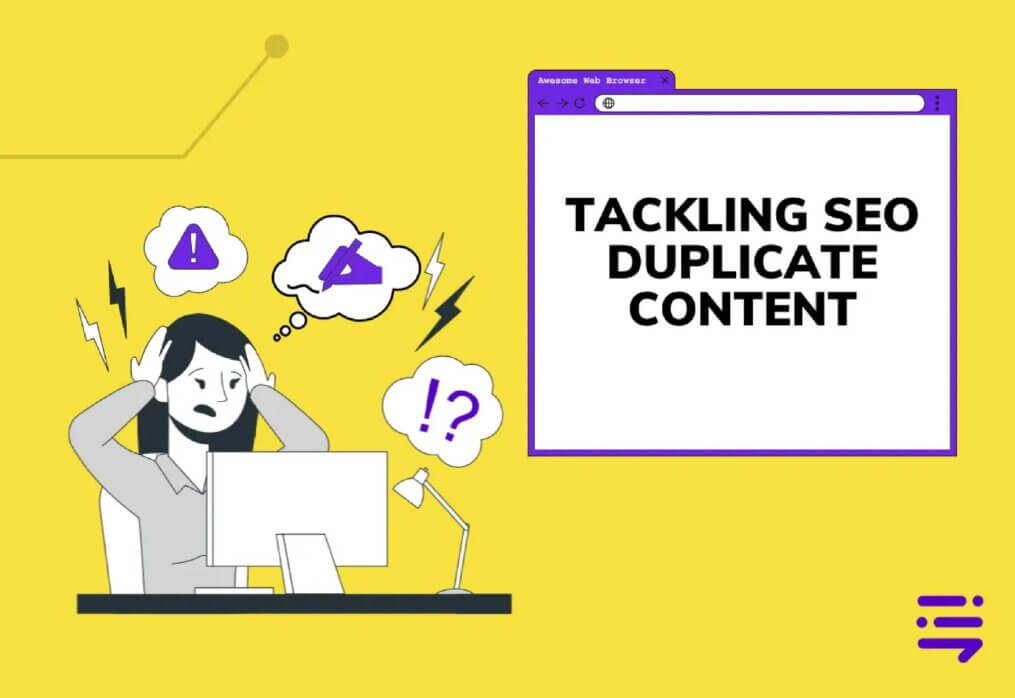Unveiling the SEO Mystery: Critical Impact of Duplicate Content
In the intricate landscape of search engine optimization (SEO), the specter of duplicate content looms large, casting shadows on website rankings and online visibility. In this comprehensive article, we delve deep into why having duplicate content is a significant issue for SEO, exploring the consequences and offering insights into how to navigate this perilous terrain.
Understanding Duplicate Content:
Duplicate content refers to identical or substantially similar blocks of content that appear in more than one location on the internet. While it might seem like a convenient way to share information, search engines view it as a potential problem, and for good reason.
- Confusing Search Engines: Search engines strive to deliver the most relevant and diverse results to users. When multiple pages contain identical content, search engines struggle to determine which version is the most authoritative and relevant. This confusion can lead to poor rankings or, in severe cases, exclusion from search results.
- Diluting Page Authority: Each page on a website contributes to its overall authority. When duplicate content is scattered across various pages, this authority is diluted. Instead of consolidating strength, the website disperses it, making it challenging to establish any single page as an authoritative source.
The Consequences of Duplicate Content:
- Search Ranking Penalties: Search engines, particularly Google, penalize websites for duplicate content. Penalization may result in lowered rankings or, in extreme cases, complete removal from search results. This can have a detrimental impact on the visibility and organic traffic of a website.
- Wasted Crawl Budget: Search engines allocate a certain “crawl budget” to each website, determining how frequently their bots visit to index content. Duplicate content can waste this precious budget as search engine crawlers expend resources on redundant information instead of discovering new, valuable content.
Common Causes of Duplicate Content:
- Printer-Friendly Pages: Pages with printer-friendly versions often duplicate content unintentionally. Search engines may index both versions, leading to duplication issues.
- URL Parameters: Dynamic URLs with parameters can generate multiple versions of the same page, confusing search engines about the canonical version to display.
Navigating the Duplicate Content Minefield:
- Canonical Tags: Implementing canonical tags signals to search engines which version of a page is the preferred or original version, consolidating authority.
- 301 Redirects: When duplicate content exists, a 301 redirect can be employed to direct traffic and search engine crawlers to the preferred version of the page.
- Consistent Internal Linking: Ensure internal links point to the preferred version of a page, avoiding ambiguity for both users and search engines.
Conclusion:
In the dynamic realm of SEO, understanding the ramifications of duplicate content is paramount. From ranking penalties to wasted crawl budgets, the consequences are significant. By adopting strategic measures such as canonical tags, redirects, and consistent internal linking, webmasters can navigate this complex terrain and ensure their content not only satisfies users but also aligns seamlessly with the algorithms of search engines. In a world where online visibility is synonymous with success, steering clear of duplicate content issues is the key to unlocking the full potential of SEO.

